[koko] continuing to under-react to COVID-19
“The only thing I knew how to do
Was to keep on keepin’ on like a bird that flew”
(1975) “Tangled Up In Blue” – Bob Dylan
At a March 12 AIX alumni pizza lunch I told a friend something like “We’re probably over-reacting to this, but better to over-react than under-react. This will probably better prepare us for some future pandemic.”
tl;dr In 2020 hindsight, like almost everybody, I was under-reacting.
Four months after my last attempt to say something useful, here’s a lengthy collection of notes on personal experience and collected sources.
Coronavirus Outbreak Timeline Fast Facts provides a plethora of notable events, starting in December with Chinese suppression of reporting from Dr. Li Wenliang. I won’t attempt to recount most of the other examples.
The first 10,000,000 cases:
Surprise & Dissonance
June 29 I had a routine COVID-19 “rapid test” ahead of a routine diagnostic procedure scheduled June 30, but was surprised an hour later when a nurse told me of positive result. I immediately suspected a false positive, since I had no symptoms and had been cautious about avoiding others, masking, and hygiene. Caroline & I got standard tests on June 30, but it took 8 days for her result and 12 for mine! Both were negative, so the supervising doctor also suggested the June 29 rapid result was a false positive.
The Role of Cognitive Dissonance in the Pandemic: “The minute we make any decision—I think COVID-19 is serious; no, I’m sure it is a hoax—we begin to justify the wisdom of our choice and find reasons to dismiss the alternative.”
Every day, often many times a day, I wonder, am I infected? I think of symptoms: primarily congestion, mild sore throat, minor aches, temperature. Except for about an hour when my temperature jumped up to 101.5F July 3, my temperature has been predictably around 96F or 97F. My pulse/oximeter just now read 97 for SpO2 and 62 heart rate. So I ponder:
- Is this any different from my usual seasonal allergies? (When we lived in Ossining, our doctor marveled at the allergy practices in Austin.)
- Is this any different from the allergy-induced colds I get about this time of year?
- Are my aches from approaching yet another anniversary of turning 39 years old? (There have been many such anniversaries.)
- Are my aches from working in the yard and spending more time with the indoor exercise equipment?
- Was the June 29 positive the correct result and the June 30 result a false-negative? (False negatives seem more likely than false positives.)
Apples vs. Oranges: 1918 vs. COVID-19; COVID-19 vs. …
 From The Influenza Pandemic of 1918: “The influenza pandemic of 1918-1919 killed more people than the Great War, known today as World War I (WWI), at somewhere between 20 and 40 million people. It has been cited as the most devastating epidemic in recorded world history. More people died of influenza in a single year than in four-years of the Black Death Bubonic Plague from 1347 to 1351. Known as “Spanish Flu” or “La Grippe” the influenza of 1918-1919 was a global disaster.”
From The Influenza Pandemic of 1918: “The influenza pandemic of 1918-1919 killed more people than the Great War, known today as World War I (WWI), at somewhere between 20 and 40 million people. It has been cited as the most devastating epidemic in recorded world history. More people died of influenza in a single year than in four-years of the Black Death Bubonic Plague from 1347 to 1351. Known as “Spanish Flu” or “La Grippe” the influenza of 1918-1919 was a global disaster.”
Compare the Flu Pandemic of 1918 and COVID-19 With Caution
Also see 1918 Pandemic (H1N1 virus), People Also Refused to Wear Masks in 1918—and 675,000 Died, and The Mask Slackers of 1918.
Some compare COVID-19 to seasonal flu, but COVID-19 has in half a year caused counted deaths two to five times the estimated deaths of last year’s flu, plus widespread infections and hospitaliztions, plus severe economic harm. From Johns Hopkins Coronavirus Disease 2019 vs. the Flu: “COVID-19: There have been approximately 590,608 deaths reported worldwide. In the U.S, 138,360 people have died of COVID-19, as of July 17, 2020. … In the U.S., from Oct. 1, 2019 – Apr. 4, 2020, the CDC estimates that 24,000 to 62,000 people died from the flu. (The CDC does not know the exact number because the flu is not a reportable disease in most parts of the U.S.)”
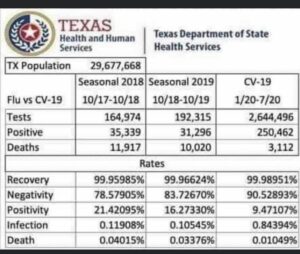 Overestimates of flu deaths vs. counting deaths from COVID-19 have produced some accurately transcribed but misleading charts, comparing flu in past years to COVID-19, such as the one at right. The actual seasonal flu deaths were probably 2-3,000 in Texas in those two years. The COVID-19 Texas death number in the chart – 3,112 – is days old — as of today the number is reported up to 3,834. From May 14 Assessment of Deaths From COVID-19 and From Seasonal Influenza: “The root of such incorrect comparisons may be a knowledge gap regarding how seasonal influenza and COVID-19 data are publicly reported. The CDC, like many similar disease control agencies around the world, presents seasonal influenza morbidity and mortality not as raw counts but as calculated estimates based on submitted International Classification of Diseases codes.2 Between 2013-2014 and 2018-2019, the reported yearly estimated influenza deaths ranged from 23 000 to 61 000.3 Over that same time period, however, the number of counted influenza deaths was between 3448 and 15 620 yearly.4 On average, the CDC estimates of deaths attributed to influenza were nearly 6 times greater than its reported counted numbers. Conversely, COVID-19 fatalities are at present being counted and reported directly, not estimated. As a result, the more valid comparison would be to compare weekly counts of COVID-19 deaths to weekly counts of seasonal influenza deaths.”
Overestimates of flu deaths vs. counting deaths from COVID-19 have produced some accurately transcribed but misleading charts, comparing flu in past years to COVID-19, such as the one at right. The actual seasonal flu deaths were probably 2-3,000 in Texas in those two years. The COVID-19 Texas death number in the chart – 3,112 – is days old — as of today the number is reported up to 3,834. From May 14 Assessment of Deaths From COVID-19 and From Seasonal Influenza: “The root of such incorrect comparisons may be a knowledge gap regarding how seasonal influenza and COVID-19 data are publicly reported. The CDC, like many similar disease control agencies around the world, presents seasonal influenza morbidity and mortality not as raw counts but as calculated estimates based on submitted International Classification of Diseases codes.2 Between 2013-2014 and 2018-2019, the reported yearly estimated influenza deaths ranged from 23 000 to 61 000.3 Over that same time period, however, the number of counted influenza deaths was between 3448 and 15 620 yearly.4 On average, the CDC estimates of deaths attributed to influenza were nearly 6 times greater than its reported counted numbers. Conversely, COVID-19 fatalities are at present being counted and reported directly, not estimated. As a result, the more valid comparison would be to compare weekly counts of COVID-19 deaths to weekly counts of seasonal influenza deaths.”
How Deadly Is Covid-19? Researchers Are Getting Closer to an Answer [MSN copy avoids WSJ paywall.]
The Hidden Deaths Of The COVID Pandemic
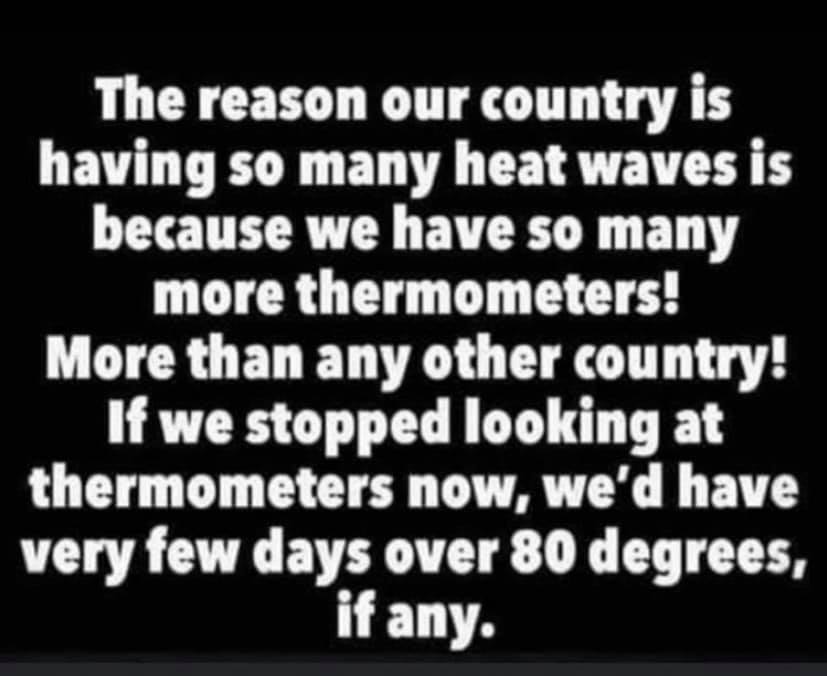 There are also some who attempt to minimize COVID-19 significance (“99% cases are harmless“) even as hospitals are saturated (Number of ICU hospital beds in Texas drops below 10%) and death counts and estimates mount rapidly.
There are also some who attempt to minimize COVID-19 significance (“99% cases are harmless“) even as hospitals are saturated (Number of ICU hospital beds in Texas drops below 10%) and death counts and estimates mount rapidly.
Masks
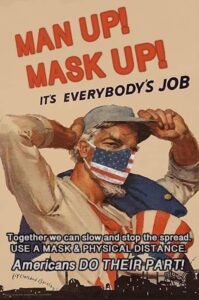 A June 8 preprint of a paper by Hsiang et al suggests that masks and other anti-contagion measures had prevented or delayed 60 million cases in the U.S. and 530 million cases world-wide — those numbers are from 6 weeks ago. Still many in the U.S. avoid masks. Prominent scientists continue to say that face covering, physical distancing and enhanced hygiene are what we need to get COVID-19 back to manageable levels. See, for example, CDC says U.S. could get coronavirus under control in one to two months if everyone wears a mask.
A June 8 preprint of a paper by Hsiang et al suggests that masks and other anti-contagion measures had prevented or delayed 60 million cases in the U.S. and 530 million cases world-wide — those numbers are from 6 weeks ago. Still many in the U.S. avoid masks. Prominent scientists continue to say that face covering, physical distancing and enhanced hygiene are what we need to get COVID-19 back to manageable levels. See, for example, CDC says U.S. could get coronavirus under control in one to two months if everyone wears a mask.
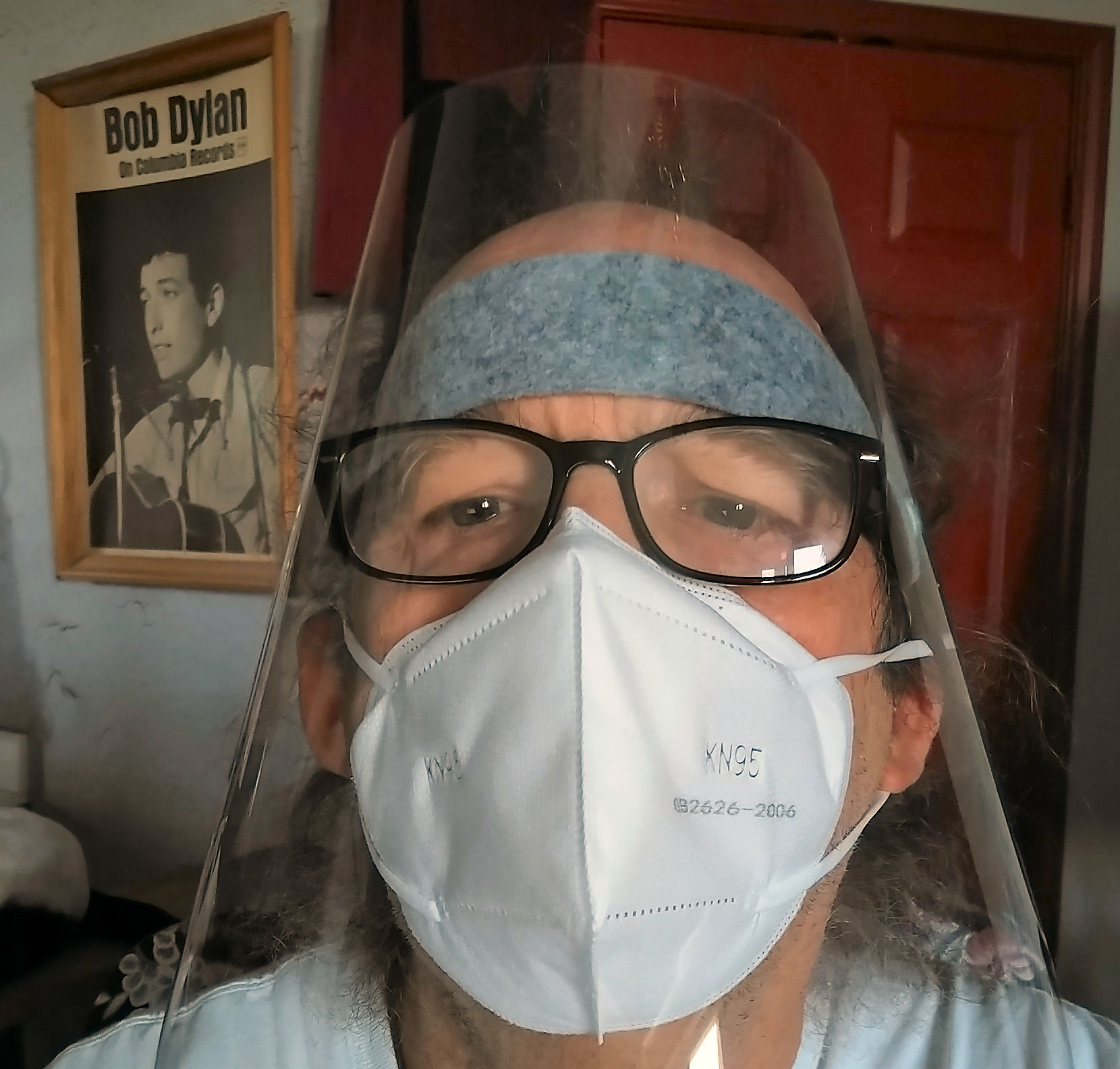 After my (false?) positive test results, I have been much more cautious and have not entered any building other than our home since. Sooner or later, I will need to go into a store, a clinic, or some other potentially hazardous building. N95 masks (meeting U.S. standards) are in short supply and should be reserved for medical professionals, but similar KN95 masks (meeting Chinese standards) are readily available in small quantities. I have some KN95 masks plus a face shield to use when they seem appropriate (vs. the cloth masks that I use routinely).
After my (false?) positive test results, I have been much more cautious and have not entered any building other than our home since. Sooner or later, I will need to go into a store, a clinic, or some other potentially hazardous building. N95 masks (meeting U.S. standards) are in short supply and should be reserved for medical professionals, but similar KN95 masks (meeting Chinese standards) are readily available in small quantities. I have some KN95 masks plus a face shield to use when they seem appropriate (vs. the cloth masks that I use routinely).
The growing scientific evidence for masks to fight Covid-19, explained
Masks offer much more protection against coronavirus than many think
Except for those with existing breathing problems, or other compelling reasons, the opposition to masks seems to be based on beliefs that face coverings infringe civil liberties. It seems unquestionable that private businesses have the right to require face coverings for their customers — “no shirt, no shoes, no mask, no service”. If one accepts that our governmental entities can require coverings of other parts of our bodies (clothing), then can they not require face coverings?
Please Wear a Face Mask So I Can Shut Up About Wearing Face Masks
The Founding Fathers Would’ve Been Pro-Face Mask
Immunity & Vaccines
With many other viruses, an infected person seems relatively immune from re-infection after recovering. If enough people have such immunity, then there can be “herd” immunity. However, it is unclear whether individual or herd immunity is likely with COVID-19. See My patient caught Covid-19 twice. So long to herd immunity hopes?, Can you get infected with COVID-19 twice? and Can You Catch Covid-19 Twice?
There are unprecedented efforts to develop vaccines for COVID-19 faster than many thought possible. For example, An mRNA Vaccine against SARS-CoV-2 — Preliminary Report brought optimism this week. However, so much is unknown about COVID-19. It may be that any vaccine will be of limited effectiveness and duration, or that none of the efforts will be successful.
Why didn’t summer kill the coronavirus?
Technology & other failings
It is no secret that U.S. medicine is still based on fax machines for communication. It appears that fax machines are part of why COVID-19 test results are delayed: Bottleneck for U.S. Coronavirus Response: The Fax Machine
Also, as COVID-19 response has become so much a political discussion, it is not surprising that technology is being use to maniuplate the discussion: Roughly half the Twitter accounts pushing to ‘reopen America’ are bots, researchers found
As suggested by my experience, there will be false-negatives and false-positives in COVID-19 tests (it seems almost certain that either my June 29 or my June 30 test result was incorrect). A peer-reviewed analysis by Dr. Sin Hang Lee in International Journal of Geriatrics and Rehabilitation found 2 false negatives in 10 nominally negative samples and 3 false positives in 10 nominally positive samples, thus 25% false results. 20 samples doesn’t seem enough to generalize. Dr. Lee’s results were slightly mischaracterized in 25 Percent of CDC Coronavirus Test Kits Are Inaccurate, Study Finds and grossly overstated in the headline at Half of CDC Coronavirus Test Kits Are Inaccurate, Study Finds.
From Seroprevalence of Antibodies to SARS-CoV-2 in 10 Sites in the United States, March 23-May 12, 2020: “The estimated number of infections ranged from 6 to 24 times the number of reported cases; for 7 sites (Connecticut, Florida, Louisiana, Missouri, New York City metro area, Utah, and western Washington State), an estimated greater than 10 times more SARS-CoV-2 infections occurred than the number of reported cases.”
Numbers & Names
All of the above horrible numbers, and they are horrible, don’t strike as close to home as the names of people infected, sick and dying. It has been over three months since we lost John Prine to COVID-19 — I still am not used to writing that. Whether I was/am infected or not, there are too many people I know with infection/symptoms.
Two weeks ago, COVID-19 took the life of a long-time friend and spiritual inspiration, David Peña, and threatened to take his wife, Margie Peña. Fortunately, it looks like Margie will recover, based on reports and watching her on the live stream of David’s memorial service.
More citations:
SPORTS PLAYBOOK DURING 1918 SPANISH FLU PANDEMIC
Coronavirus: asymptomatic people can still develop lung damage
America Should Prepare for a Double Pandemic
Coronavirus: COVID Deaths in U.S. by Age, Race
Why more young people are getting sick in the latest Covid-19 outbreaks
“… better to over-react than under-react. This will probably better prepare us for some future pandemic.”
–30–
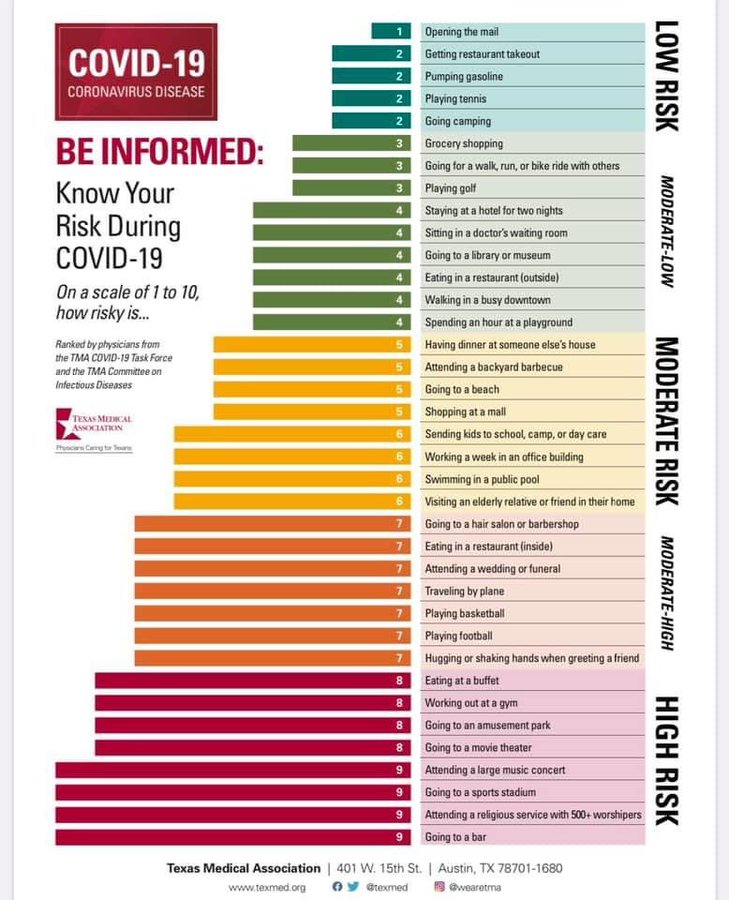
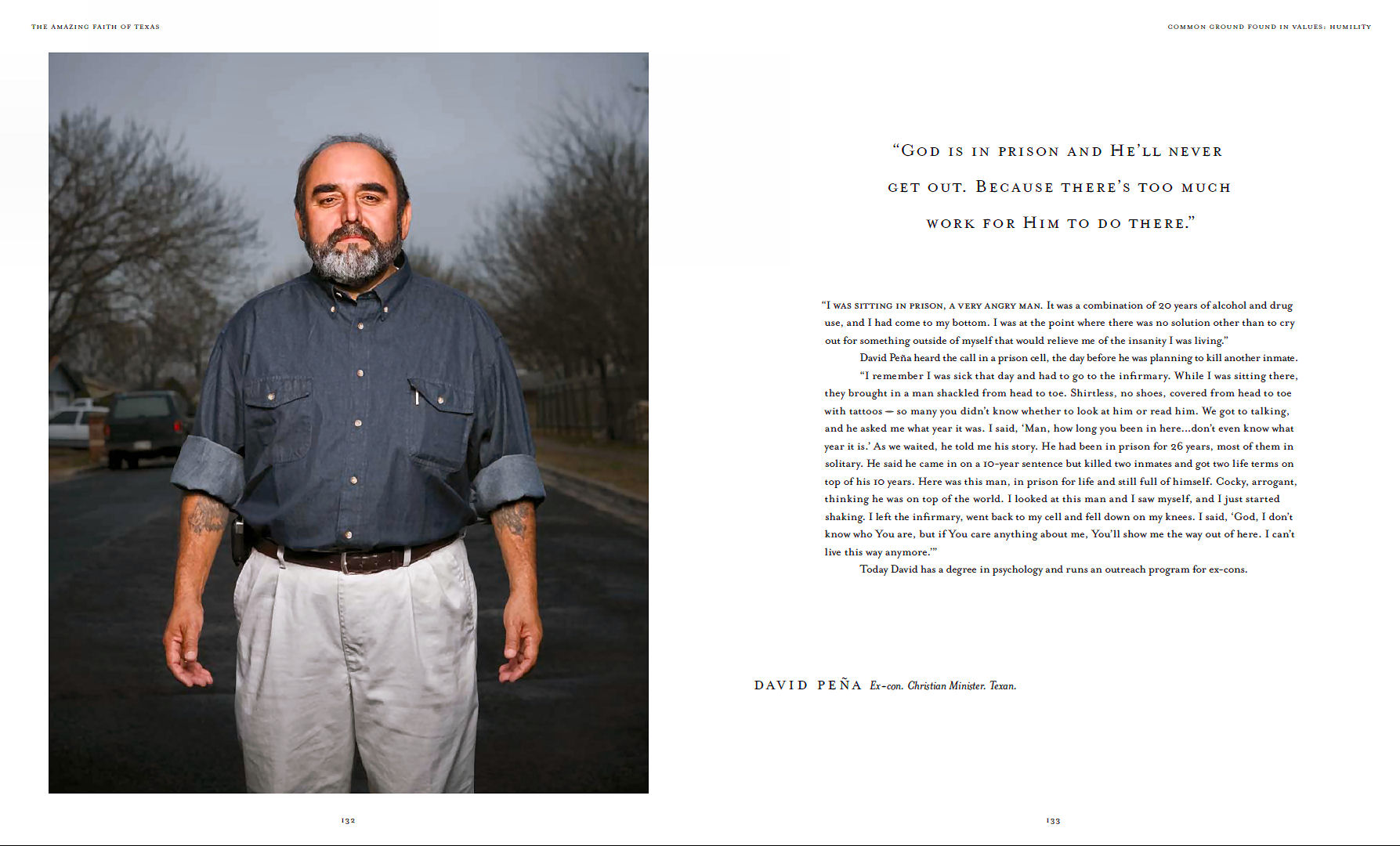
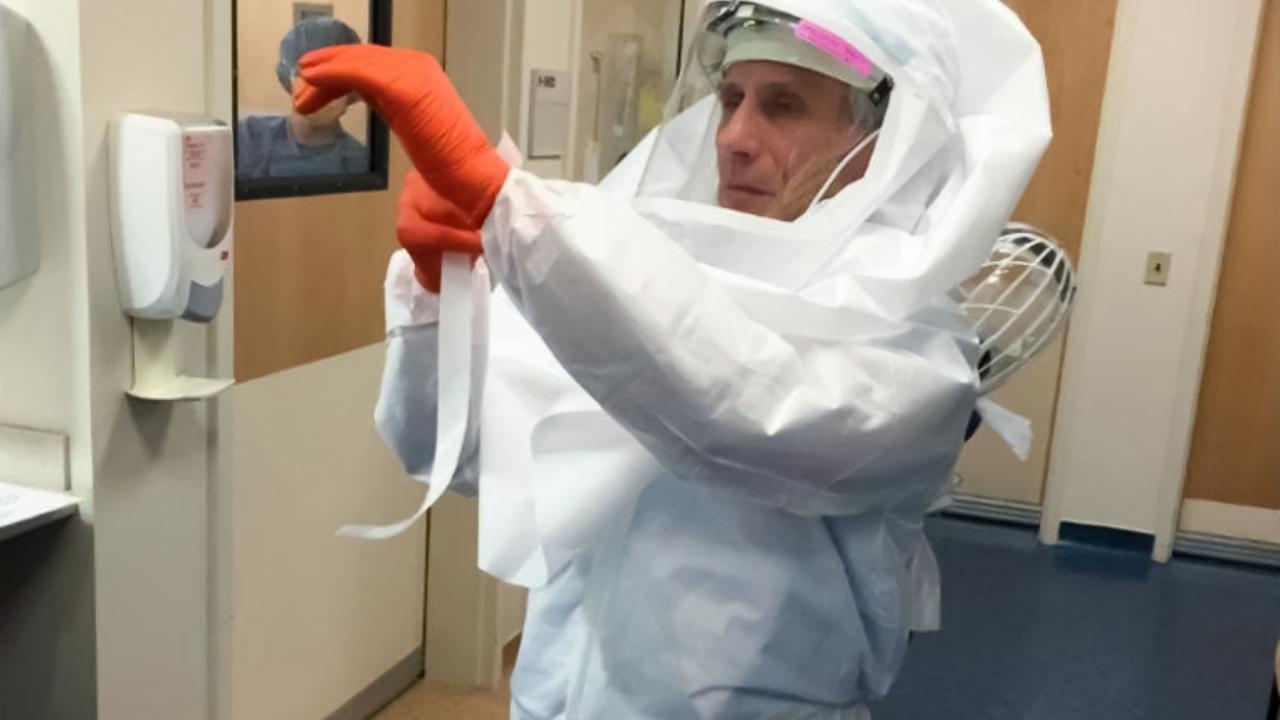
You must be logged in to post a comment.